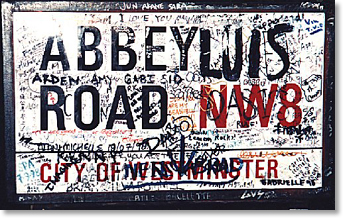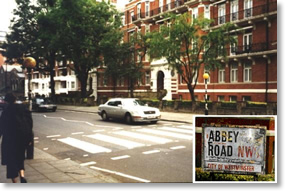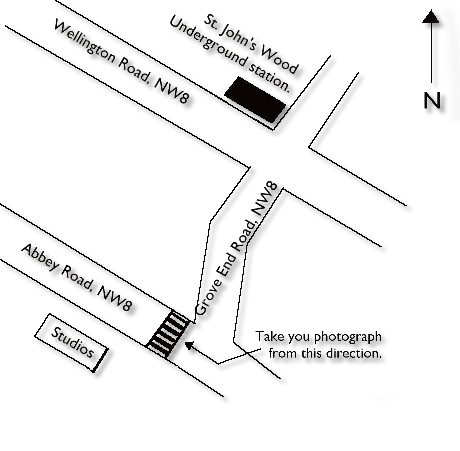Go 2

Recorded at Abbey Road Studios, London, England,
August-September, 1978.
Founded in 1931, Abbey Road is the elder statesmen of London's
facilities, with a track record that's second to none. Owned by EMI Music
Group, the complex comprises three primary recording suites, a number of post-production
suites plus two classical mobiles. It employs some 70 full-time staff. Creature
comforts include an on-site restaurant, and two apartments.
"Studio One is our flagship," offers Chris Buchanon, the facility's
director of operations. Used primarily for orchestral and scoring sessions,
the control room boasts a 64-channel/72-frame Neve VRP console with Flying
Faders automation.
Studio Two also features an AMS Neve VRP with Flying Faders, in a control room
that looks directly downs into a spacious tracking area. Home for many of The
Beatles' sessions tracked and mixed at Abbey Road, Studio Two's control room
was remodeled and enlarged a couple of years ago.
Studio Three boasts a large, flexible tracking room linked to a control room
that houses a 72-channel SSL SL-4000 G-Series console that was installed some
five years ago. The Penthouse specializes in stereo and surround-sound remixing,
and boasts a recently installed 48-fader/60-path AMS Neve Capricorn digital
console with full 5.1-channel surround-sound monitoring.
Finally, a total of 18 post-production rooms are available, including three
vinyl mastering suites, a DVD Authoring Suite, an Enhanced-CD and Web Authoring
Room, plus various classical-music editing rooms and remastering suites. The
facility's 13 Sonic Solution workstations are networked to ensure fast and efficient
data sharing.
Room rates for Abbey Road's prime-time studios, in line with the majority of
London facilities, are around £1,200 per day (approximately $2,000), including
an analog multitrack and second engineer. Regarding the facility's operational
philosophy, Buchanon is quick to acknowledge that Abbey Road's reputation may
have worked against it. "Yes," he agrees, "Clients often have
the wrong perception about us; that we are an 'Establishment Studio of the Sixties.'
That is a total misconception. We are fully up-to-date with technology, and
attempt to create a friendly, open environment in which we can support the creativity
of our artists and producers. "In terms of the future, we are venturing
into the multimedia arena. With the official European launch of DVD players
this summer, we are seeing an increase in demand for 5.1-channel mixing, and
have made a move into post production." (from
Abbey Road website)

Click on image above to go to the Abbey
Road website.
The album was produced and engineered by John Leckie with assistance
from: Haydn Bendall; Andy Llewelyn Jess Sutcliffe & Pete James at Matrix.
The album was released in the UK in October of 1978 and made it as high as number
21 in the UK charts.

Now where have I seen this crossing
before?
The band was then comprised of:
Andy Partridge - on guitar and electric seal (vocals)
Colin Moulding - on bass (vocals)
Barry Andrews - on his organs (scary)
Terry Chambers - still 'ittin the drums
In Andy's words (from the Nonsuch promotional
item)

The album featured these classic XTC tracks:
1. Meccanik Dancing (Oh We Go!)
2. Battery Brides (Andy Paints Brian)
3. Buzzcity Talking
4. Crowded Room
5. The Rhythm
6. Red
7. Beatown
8. Life is Good in the Greenhouse
9. Jumping in Gomorrah
10. My Weapon
11. Super-Tuff
12. I am the Audience
In the neighborhood?







